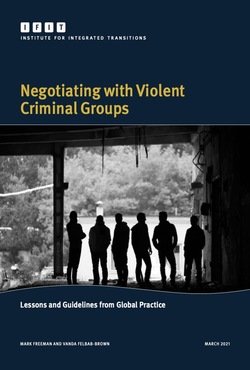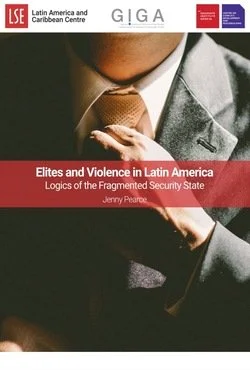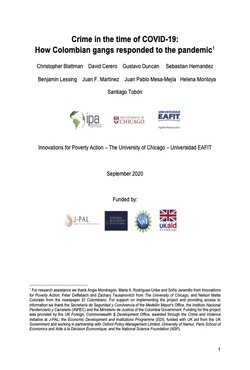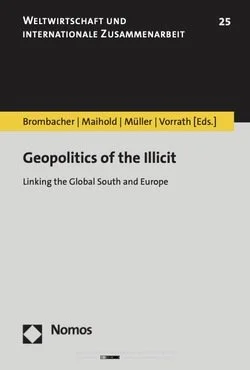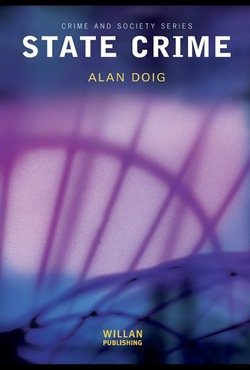By Alanna Fulk
This thesis examines research from the disciplines of political science and criminal justice to develop a theory that explains geographic variation in violence related to organized crime. Large-scale organized crime violence exhibits characteristics of both ordinary crime violence and political violence, but these subjects are generally analyzed separately. However, as large-scale organized crime has become more prevalent and violent in recent years, most notably in Latin America, studies, including this one, have attempted to cross disciplinary boundaries in order to better explain trends in organized crime onset, termination and violence. This thesis argues that although the overall goal of organized crime groups is not to take control of a country, both organized crime groups and insurgent groups confront the state’s monopoly on violence, leading to evident similarities in the way they use violence to attain their goals. They both use violence to maintain control over resources, take control from other groups and retaliate against the government. Previous literature has demonstrated that control is directly linked to geographic variation in political violence and through case studies of organized crime violence in Honduras and Brazil, as well as negative binomial regression analysis of organized crime violence in Mexico, this thesis finds that control is also directly linked to geographic variation in organized crime violence.
Orlando, FL: University of Central Florida, 2019. 111p.





